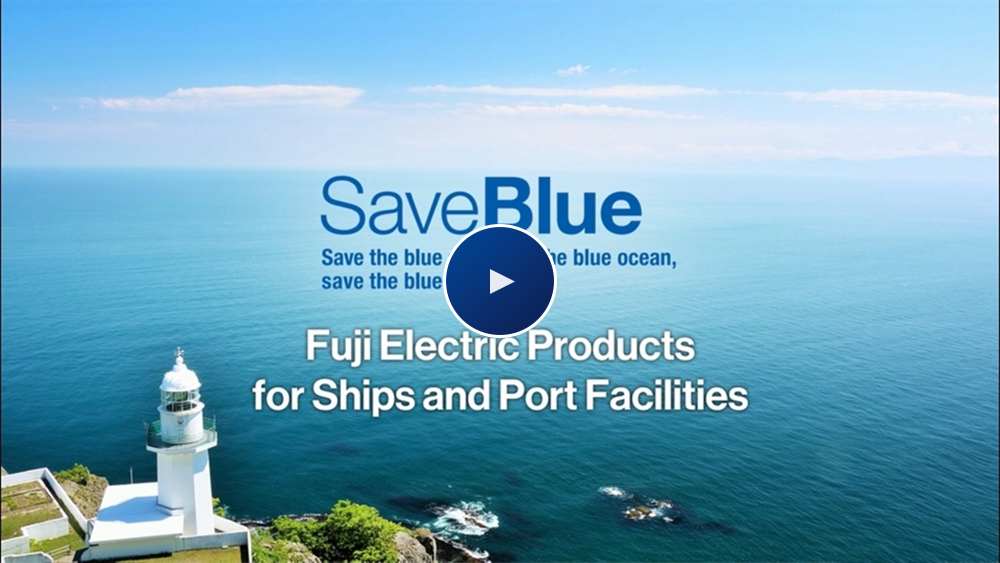Environmental and Social Issues to which Fuji Electric Contributes
Onshore Power Supply Systems Contributing to Carbon Neutrality at Ports

Initiatives to establish carbon neutrality at ports have gained momentum over the last few years. Ships staying in ports run on-board generators to power their lights and air conditioners. Switching to land-sourced power can help establish carbon neutrality. In the United States, California has been promoting onshore power supply systems since 2004. In Japan the Ministry of Land, Infrastructure, Transport and Tourism (MLIT) has led discussions on carbon neutral port concepts since 2020.
Onshore power supply systems that support decarbonization, environmental impact reduction, and infrastructure resilience
The onshore power supply systems are some of the many different approaches for building ports that are responsible and eco-friendly.
About 40 percent of the greenhouse gas emissions at ports in Japan come from anchored ships, according to the Ministry of Land, Infrastructure, Transport and Tourism of Japan.
By providing those ships with land-based electricity, including power generated using renewable sources, the on-board generators can be stopped. This will lead to reductions in greenhouse gas and air pollutant emissions. (Decarbonization and environmental impact reduction)
Ships can also supply power to the shore in times of disaster. (Infrastructure resilience)
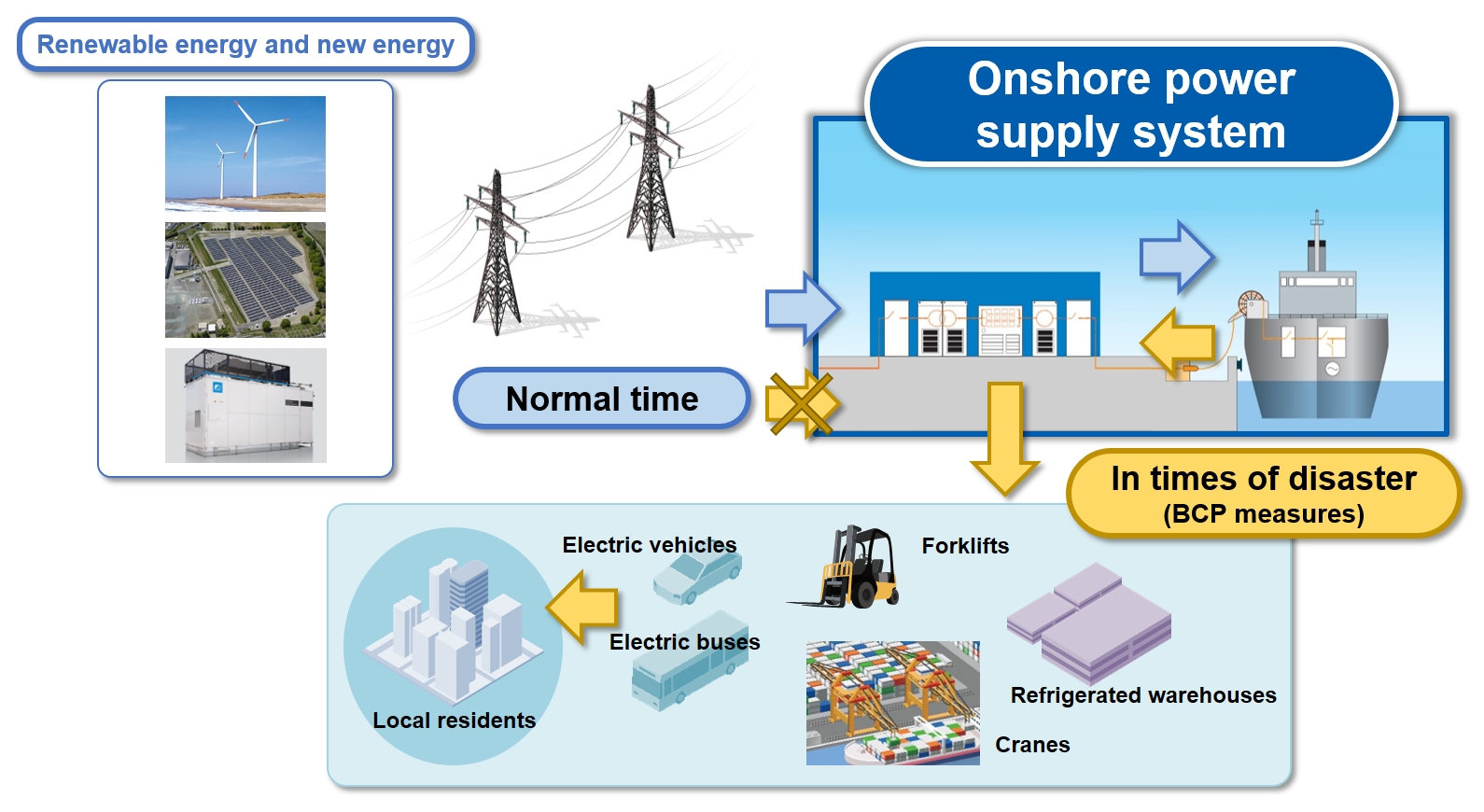
Onshore power supply systems proposed by Fuji Electric
Fuji Electric provided the electric propulsion system for the Antarctic exploration ship Fuji in 1965. Since then, the company has involved in ship and port business by leveraging its own range of products, including inverters, power semiconductor devices, and analyzers. The firm is now offering total solutions covering both land and sea, from power distribution equipment to electric propulsion ships. One such solution is onshore power supply systems, which have already been introduced in shipyard docks (facilities built for building and repairing ships), among other applications.
Different port locations and ship types require different voltages, frequency, and capacity. Our own extensive range of converters distinctively allows our system to supply power in accordance with the facility voltage and frequency.
Among the advantages of our proposals are comprehensive solutions, from high-voltage power receiving panels to onshore power supply equipment powering ships, cable management systems for connecting to those ships, and even to renewable energy cooperation.
Since its foundation in 1923, Fuji Electric has leveraged its extensive experience in energy and environment technology to offer many products and systems for using electric and thermal energy efficiently, all contributing to carbon neutrality at ports.
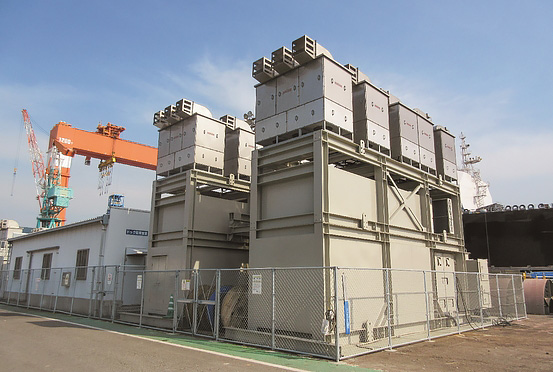
Contributing to SDGs
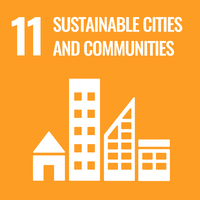

Fuji Electric’s onshore power supply systems that can build ports that are responsible and eco-friendly will help clear the following priority SDGs:
“11. Sustainable Cities and Communities” and “13. Climate Action.”
Related links
Recommended
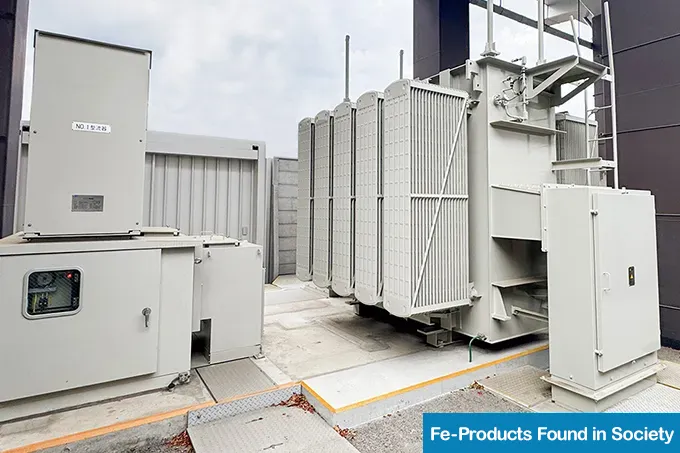
December 4,2025
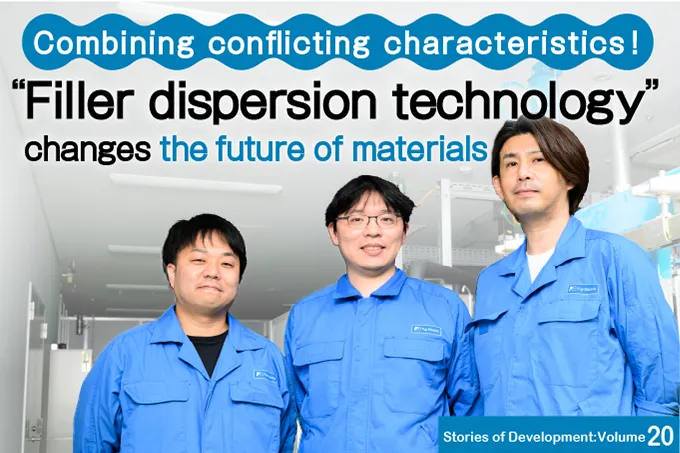
October 31,2025
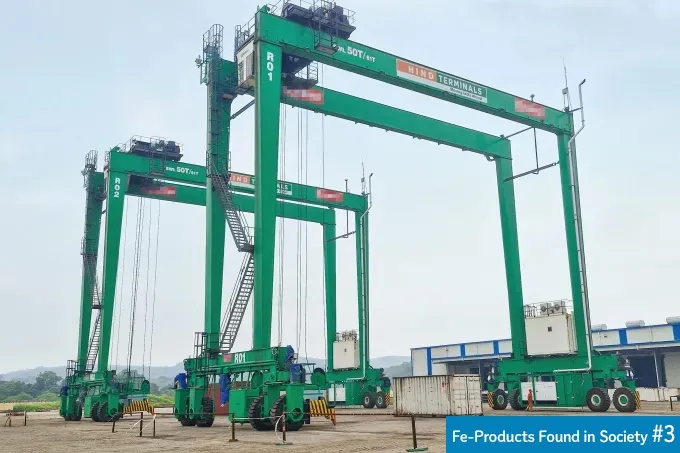
July 30,2025
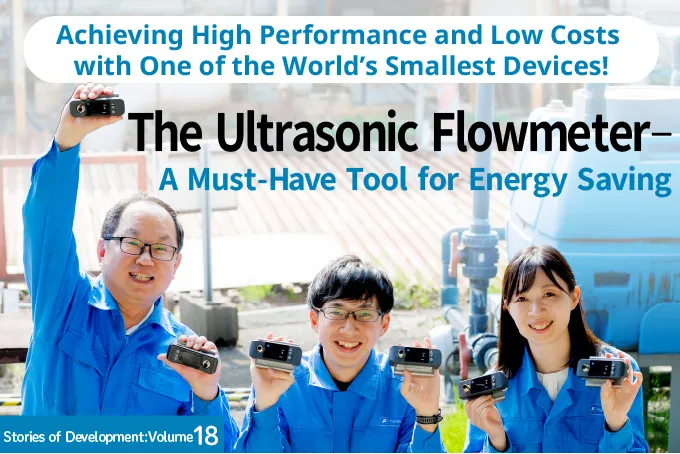
July 28,2025


